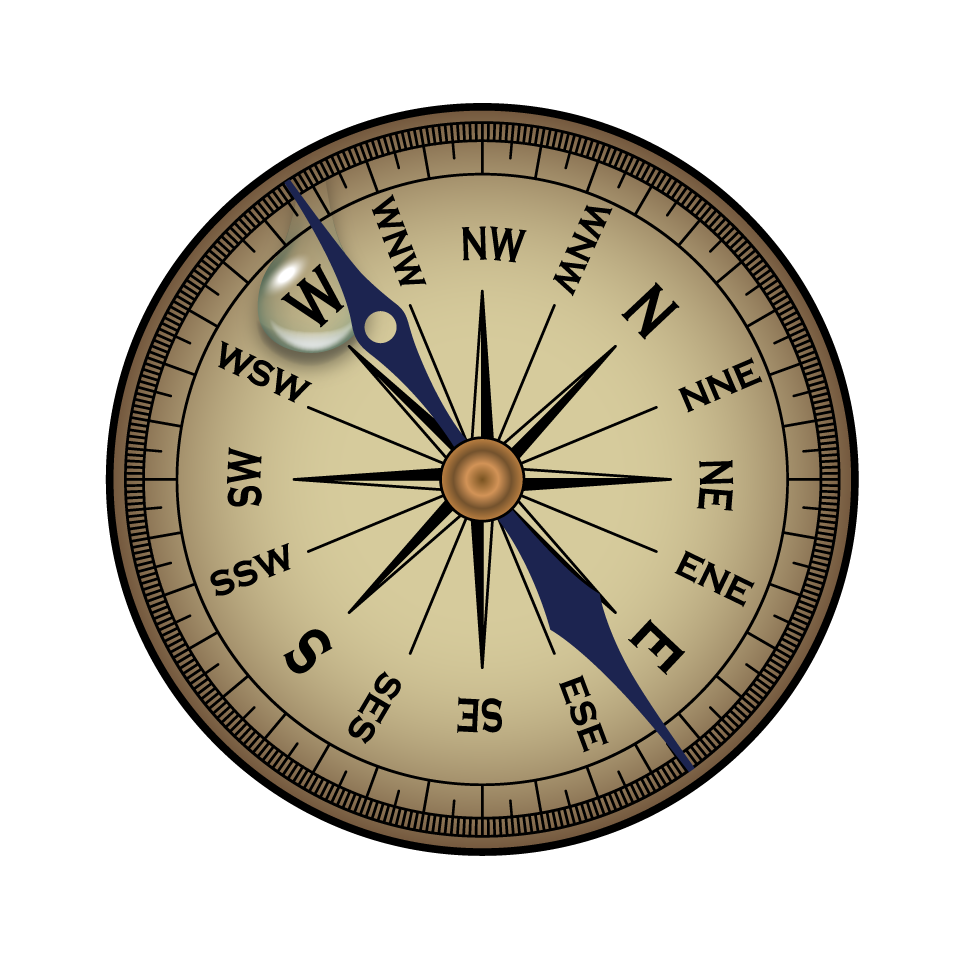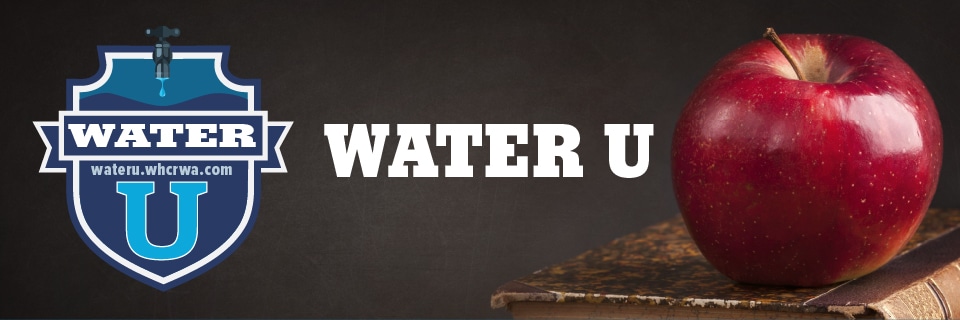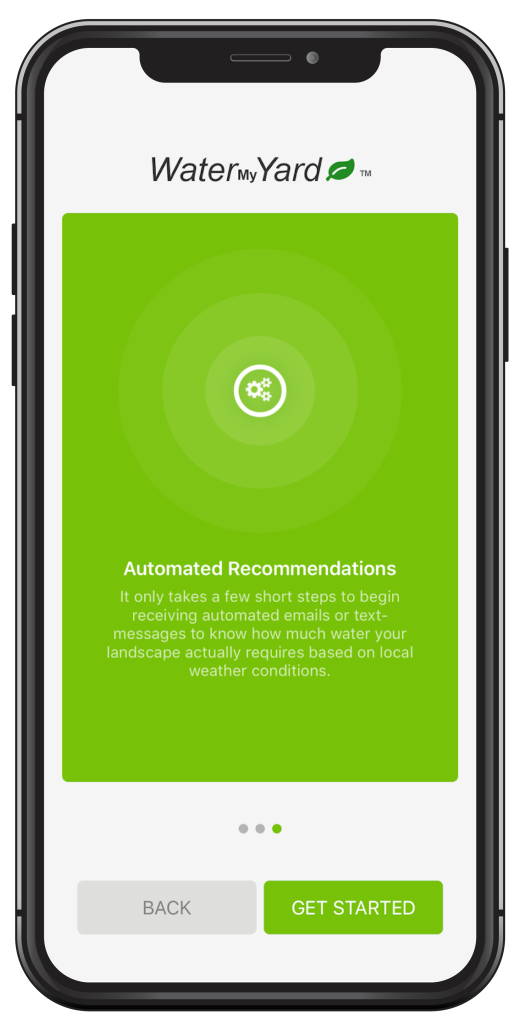A Brief History of the West Harris County Regional Water Authority
The West Harris County Regional Water Authority (“WHCRWA”) was created by House Bill 1842 (the “Act”), introduced by State Representative Bill Callegari and sponsored in the Senate by Senator Jon Lindsay. The bill was approved by the 77th Texas Legislature, signed into law by Texas Governor James Richard Perry on May 28, 2001, and immediately went into effect. The City of Katy consented to the creation of the WHCRWA on May 21, 2001, and the City of Houston consented on June 6, 2001.
The WHCRWA was created to accomplish the purposes of provision of surface water and groundwater for various uses, the reduction of groundwater withdrawals, the conservation, preservation, protection, recharge, and prevention of waste of groundwater and of groundwater reservoirs, the control of subsidence caused by withdrawal of water from those groundwater reservoirs, and other public purposes stated in the Act.
A Board, made up of nine directors who serve staggered four-year terms, governs the WHCRWA. Directors must: (i) be at least 18 years of age; (ii) be a Texas resident; (iii) own land or be a qualified voter within the director precinct; and (iv) have served as a director of one or more districts for a total of at least four years. To serve as a director representing any part of the City of Katy, the individual must (i) meet the other specified qualifications, and (ii) must either meet the requirement of having served as a director of one or more districts for at least four years, or must have served as the mayor or a member of the city council of the City of Katy.
The WHCRWA has completed its Groundwater Reduction Plan “GRP” certification and gained Harris Galveston Subsidence District (“Subsidence District”) approval in compliance with the Subsidence District’s regulations requiring GRP. The Subsidence District’s regulations require conversion to alternate water via a 30% reduction of groundwater usage by 2010, 60% by 2025, and 80% by 2035. Alternate water is typically surface water but can include conservation, direct or indirect reuse, or stormwater capture. Effective January 1, 2025, the Subsidence District has implemented a $12.12 per 1,000 gallon disincentive fee for those failing to comply with these reductions.
Successful negotiations with the City of Houston yielded a mutually satisfactory long-term water supply contract between the WHCRWA and the City of Houston. The WHCRWA continues to implement numerous surface water delivery projects to deliver water to utility districts, and the first surface water was delivered in September 2005.
The WHCRWA charges fees for surface water delivered by the WHCRWA and for groundwater pumped by various water well owners within its GRP. To date, WHCRWA has held numerous successful Bond Sales that have funded the many Capital Improvement Projects and paid the City of Houston for water supplies required by the long-term contract.
The WHCRWA has an aggressive Capital Improvement Plan in place to meet the timelines that have been established for design and construction of the WHCRWA’s facilities.
As of June 2024, the WHCRWA has:
- Designed, purchased easements for, and constructed over 81.9 miles of new waterlines in WHCRWA’s boundaries.
- Constructed WHCRWA Pump Station #1 with 60MGD pumping capacity.
- Two additional Pump Stations are under construction with a capacity of 330MGD.
- Deliver approximately 28 million gallons per day of surface water to 69 water plants.
In addition to its aggressive water line construction efforts, the WHCRWA has been active in promoting water conservation education programs for use in public schools within their boundaries and for area residents. Each year, the WHCRWA produces a newsletter in order to provide current information about critical water issues. The WHCRWA also maintains this website that contains pertinent information about the WHCRWA, its construction projects, and ways to use our precious water supplies more efficiently.
Within the WHCRWA’s boundaries, there are:
- 232 square miles
- Approximately 626,800 people
- More than 150 Municipal Utility Districts
- Portions of the City of Katy
To date, the WHCRWA’s system includes:
- One pump station
- Approximately 81.9 miles of new waterlines
- An electronic monitoring system
- Web based GIS System
About WHCRWA Pump Station #1
- Firm capacity of 37,500 gpm
- Began operation on June 24, 2008
- Construction cost $16.3 million
- Average Daily Flow of 28.25 million gallons a day (MGD)
- Currently, has three 5 Million Gallon (MG) tanks for a total storage capacity of 15 MG
- Includes two 2MW Emergency Generators
WHCRWA Flows
- In 2009, the Authority delivered 11.2 MGD Surface Water (out of a total of 59.5 MGD demand)
- In 2026, the Authority estimates that it will deliver 52.8 MGD Surface Water annually (out of an estimated total of 88.0 MGD demand)
- In 2035, the Authority estimates that it will deliver 79.1 MGD Surface Water (out of an estimated 98.9 MGD demand)
Click here for information on WHCRWA water supply projects.
Page updated 06/2024




